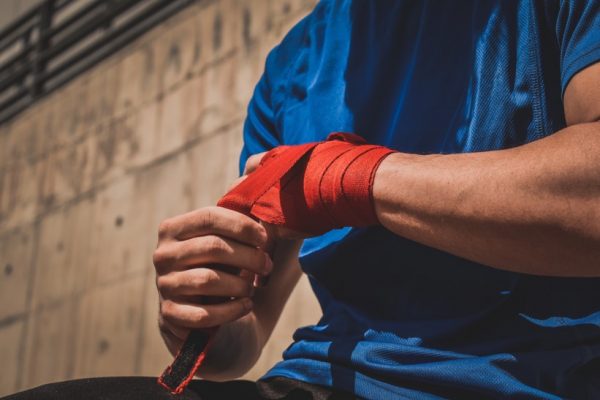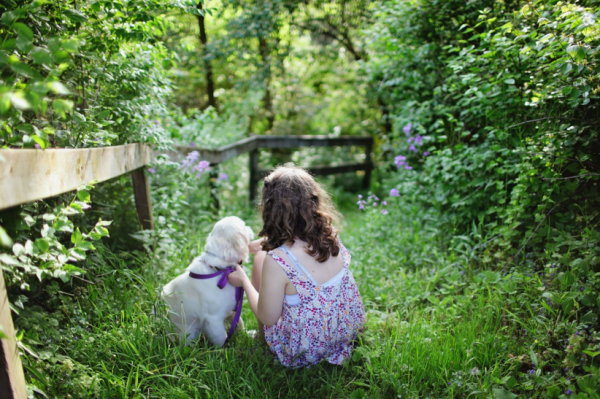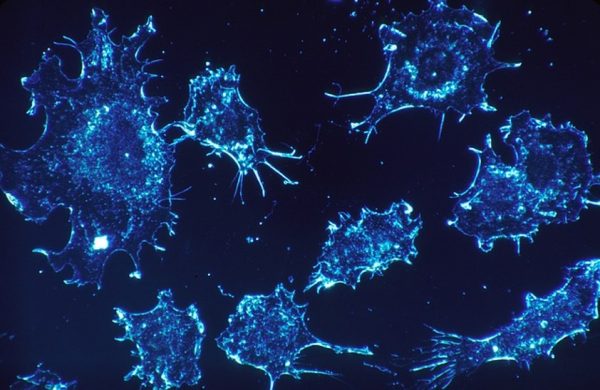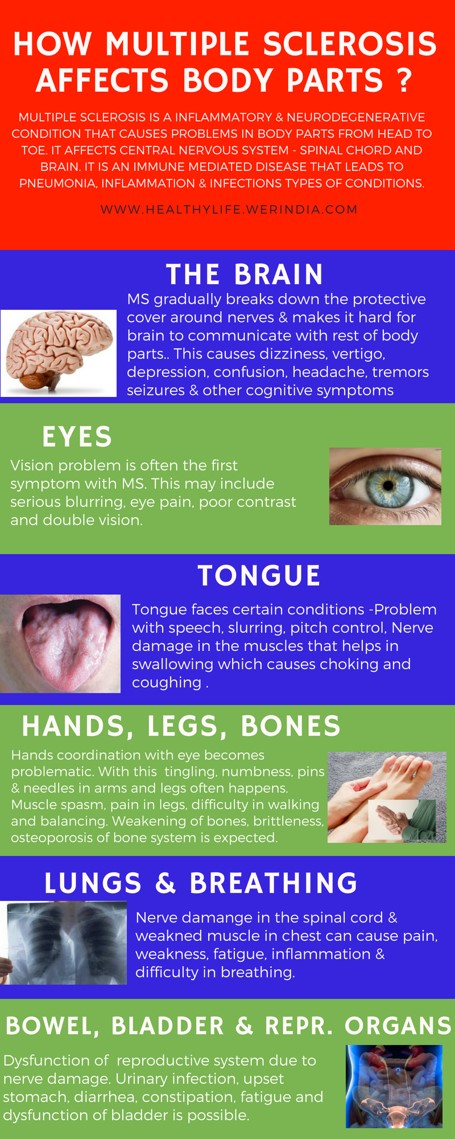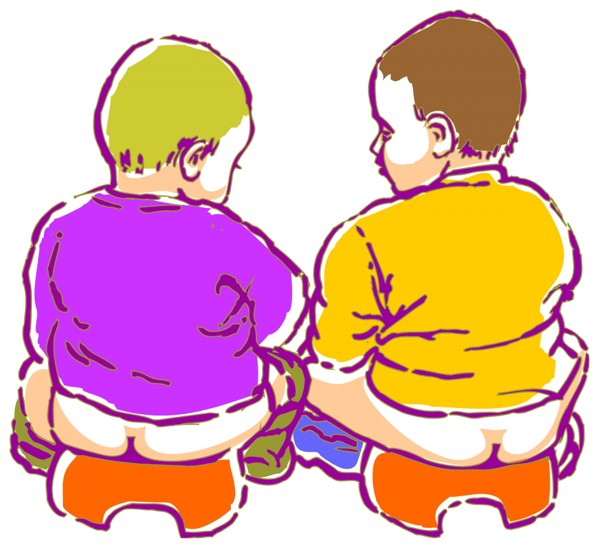
Potty problem in kids? Try these home remedies
Parents feel terrible when child does not go for potty and suffers because of constipation.
Potty problem (constipation) in kids most of the time happens because of dehydration.
If your child has difficulty in passing stool and does not feel like going for potty then try any of the below methods.
If your child is allergic to any one of these remedies then, don’t use it!
- Water: Give slightly warm water 3 times a day. Slipping a glass full of water itself should help your child.
- Whole fruits: Don’t forget to feed your child fresh fruits. Banana, prune, strawberries, mango, blueberries, apple, oranges helps child to pass the stool easily. Guava is one of the best fruit for easy digestion and intestine movement.
- Fruit juice with pulp: If your child prefers juice over fresh fruit, then give half a glass of juice with pulp to child. The fiber content helps to overcome constipation.
- Fiber rich food: Cereals and pulses helps. Whole grain bread and oats porridge should help too. These foods will cause soft and bulky stool and helps them to pass it easily.
- Molasses and jaggery: Molasses always fights constipation and indigestion. Including jaggery instead of sugar in food also helps. Molasses is rich in magnesium that helps for easy bowel movement.
- Olive oil: A teaspoon of olive oil with little lemon juice should be adequate for children above 8 years to pass the stool.
- Aloe vera: Two spoonful of Aloe vera gel mixed In a glass of warm water does miracle. It is considered as an excellent laxative.
- Yogurt: Homemade curd/yogurt is always good. Good bacteria in this will help the child to pass stool easily. It also provides calcium for the body, improves immunity and helps in movement of internal organs.
- Banana and milk: Prepare a milk shake using banana. This really helps the child.
- Betel leaf: Sometime children will have stomach ache due to constipation. Here is a solution for this problem – warm a betel leaf and apply little castor oil on the surface. Place it near the belly button and kids will be relieved within few minutes. This will also help them to go for a easy motion.
- Drinking buttermilk – Give a glass of buttermilk (do not give ice cold) and you will see the effect.
- Castor oil – This is for children age above 11 only -In case of severe constipation, add one or two drops of castor oil to a glass of warm water and have them drink. Castor oil helps in bowel movement.
- Vegetables – Give good amount of various vegetables to your child. Carrot is one of the best suited vegetable for children that helps in digestion.
- Yogurt drink – Lassi: Mango, almond, rose lassi – all these are liked by children. These varieties of lassi helps children to pass stool easily.
.
Reference: Healthylife.werindia.com
Image credit: https://www.needpix.com/photo/1531955/babies-two-lavatory-potty-art-illustration-colorful-colors-on-the-potty
Author: Sumana Rao | Posted on: October 9, 2018



